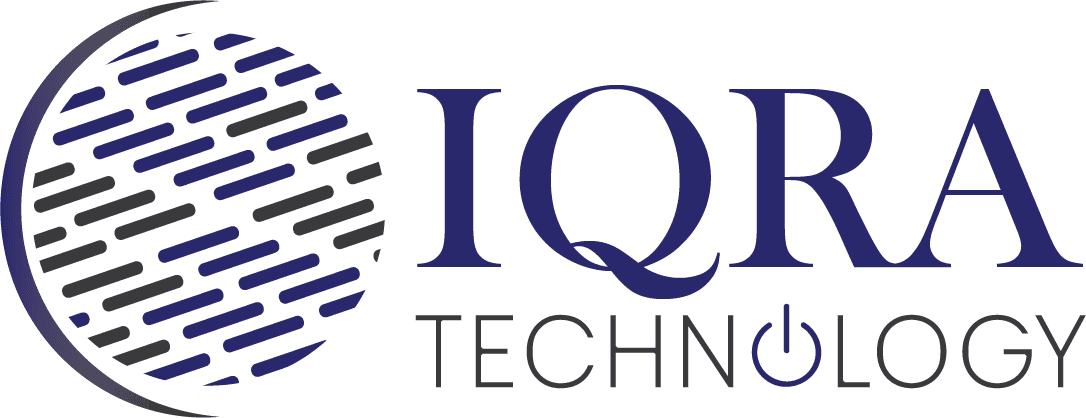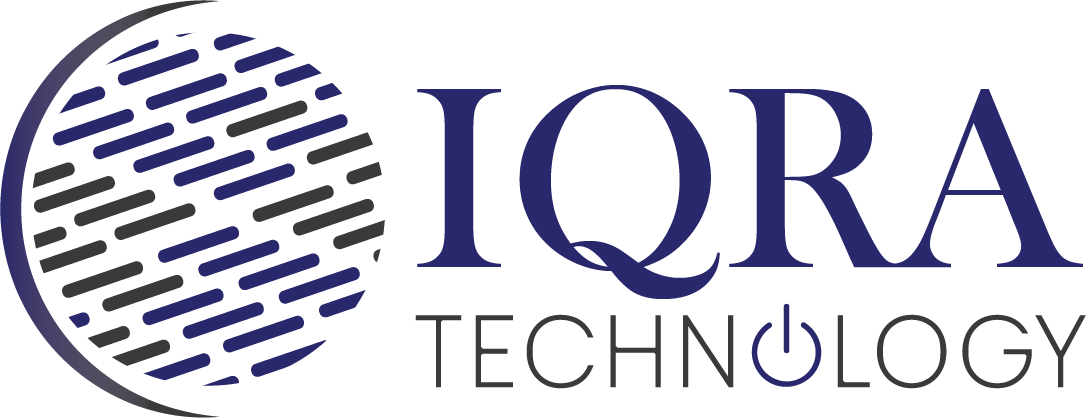Campaign Optimization in Google Ads
Launching your Google Ads campaign is just the beginning.
To get the best return on your ad spend, you need to monitor performance, test new ideas, and optimize your campaigns regularly. Optimization helps reduce wasted budget, improve conversions, and grow your results over time.
In this module, you’ll learn:
- Which performance metrics to track (and what they mean)
- How to A/B test ads and keywords
- Practical techniques to continuously improve your campaigns
Key Performance Metrics to analyse
Tracking the right metrics is critical to knowing whether your campaign is working. Let’s break down the most important ones:
1. CTR (Click-Through Rate)
CTR = (Clicks ÷ Impressions) × 100
What it means:
Shows how often people click your ad after seeing it.
Higher CTR = more relevant ad.
Good CTR benchmark: 3%+ for Search campaigns (varies by industry)
2. CPC (Cost Per Click)
CPC = Total Spend ÷ Total Clicks
What it means:
How much you’re paying on average for each click.
Goal: Keep CPC low without lowering quality
3. Quality Score
As covered in Module 7, this is Google’s rating (1–10) of your ad and keyword quality.
Higher score = lower costs + better ranking
4. Conversion Rate
Conversion Rate = (Conversions ÷ Clicks) × 100
What it means:
The percentage of users who completed a desired action (purchase, signup) after clicking your ad.
Goal: Optimize landing page and targeting to improve this.
5. CPA (Cost Per Acquisition)
CPA = Total Spend ÷ Conversions
What it means:
How much it costs you to get one conversion.
Goal: Reduce CPA while maintaining conversion quality.
6. ROAS (Return on Ad Spend)
ROAS = Revenue ÷ Ad Spend
Goal: Increase ROAS over time to improve profitability.
A/B Testing Ads and Keywords
A/B testing (also called split testing) means running two or more versions of an ad or keyword strategy to see which performs better.
What Can You Test?
- Ad Headlines: “Buy Now” vs. “Limited Time Offer”
- CTA Buttons: “Sign Up Free” vs. “Start Now”
- Descriptions: Feature-focused vs. benefit-focused
- Keywords: Broad match vs. phrase match
- Landing Pages: Different layouts, forms, or messages
How to A/B Test in Google Ads:
- Create multiple ad variations within the same ad group (especially for Responsive Search Ads).
- Let them run for at least 1–2 weeks.
- Compare performance: CTR, conversions, CPC, etc.
- Keep the better-performing version and pause the other.
Test one element at a time to know what’s making the difference.
Ongoing Optimization Techniques
Optimization is not a one-time task—it’s a continuous improvement process. Here are some techniques to apply regularly:
1. Pause Underperforming Keywords
- Stop spending on keywords with high cost and low conversions
- Shift budget to top-performing terms
2. Refine Keyword Match Types
- Use phrase or exact match for more control
- Add negative keywords to filter out irrelevant traffic
3. Improve Ad Copy
- Use ad extensions (sitelinks, callouts) to increase ad space
- Refresh your copy every few weeks to avoid ad fatigue
4. Optimize Landing Pages
- A/B test layouts, CTAs, headlines
- Ensure mobile-friendliness and fast loading speed
5. Adjust Bids & Budgets
- Increase bids for high-performing keywords
- Lower bids or pause for low-converting ones
- Reallocate budget toward best-performing campaigns
6. Schedule Your Ads Wisely
- Use ad scheduling to show ads only during high-performing hours or days
7. Use Audience Insights
- Refine targeting by demographics, device, or location based on performance reports
Summary
- Analyse key metrics like CTR, CPC, Quality Score, and CPA to understand ad performance.
- Use A/B testing to find out which ad versions or strategies work best.
- Continuously optimize keywords, ad copy, bids, and landing pages to improve conversions and ROI.
Real Life Example:
After launching your Google Ads campaign for “fresh cakes near me,” you notice your ads are getting clicks but very few orders. Your CTR is high (people are clicking), but your conversion rate is low (few customers are placing orders). By monitoring your campaign metrics, you realize the issue is your landing page—it’s slow to load and doesn’t clearly show the ordering process. You decide to A/B test two landing pages: one with a simple, clear order form and another with more images and testimonials. The page with the simple order form shows a 25% higher conversion rate. You pause the other page and optimize your bids to Favor keywords that bring in customers who convert better. You also add negative keywords to exclude searches like “cake recipes” that waste budget. Over the next few weeks, your Cost Per Acquisition drops, and Return on Ad Spend increases. Your optimized campaign now not only brings visitors but turns them into paying customers, growing your bakery business efficiently.




